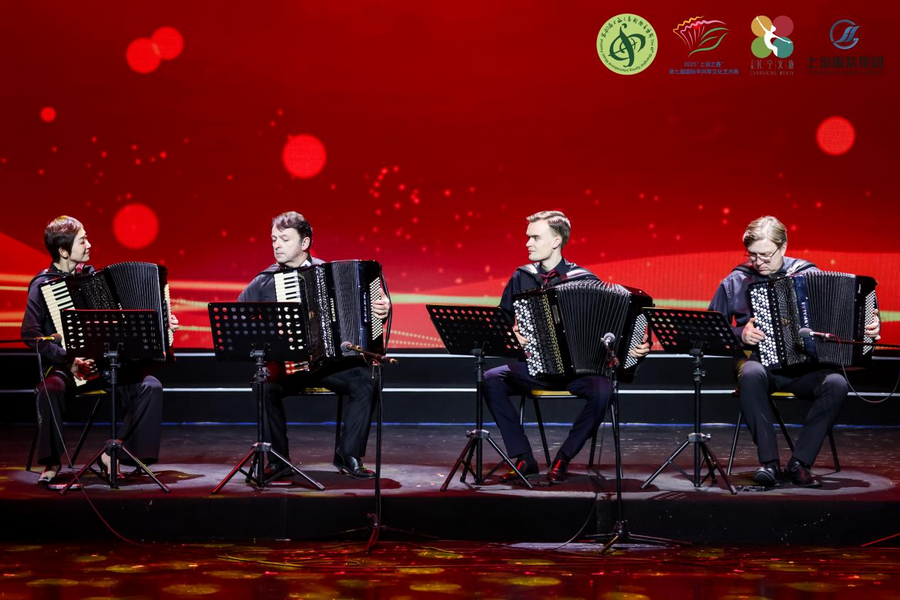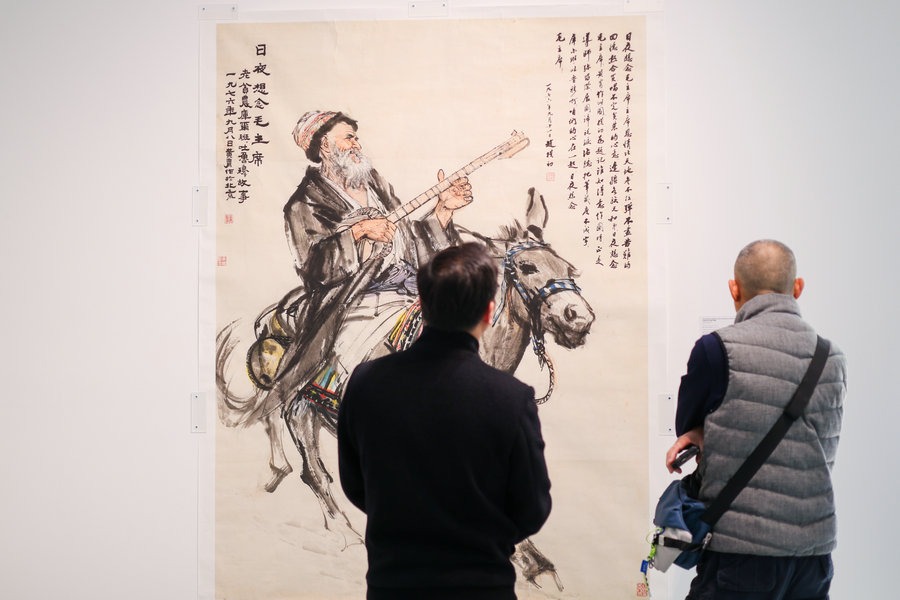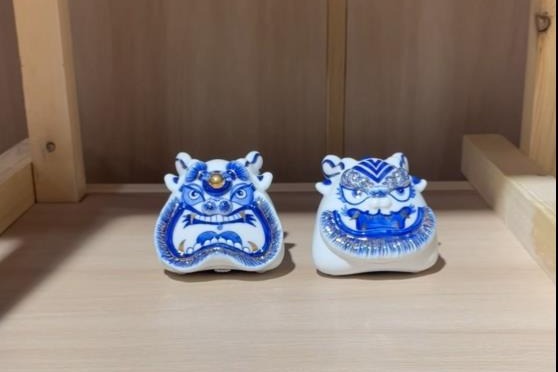'Beginning sound': Ancient jaw harp promotes musical charm over millennia


Kouxian, or ancient jaw harp, is the earliest string instrument that has been found in China. By placing kouxian between the lips and tapping it with the fingers, the instrument can produce sounds, such as singing birds or a spring flowing through mountains. Dating back 4,000 years, kouxian is regarded by many as a "living fossil," which has promoted the musical charm produced by this unique string instrument.
Ancient Folk Instrument
According to a report published by Xinhua in May 2018, a collection of ancient jaw harps were unearthed at the Shimao ruins, a prehistoric site in Shenmu, a city in northwest China's Shaanxi Province. The jaw harps, or "kouxian" in Chinese (literally meaning "string in mouth"), were discovered at the site, which dates back 4,000 years. Each instrument, made from bone, is 8-9 centimeters long, and 1 centimeter wide.
The unearthing of the jaw harps at the Shimao ruins was a significant discovery in the history of music — for China, and for the world. Based on documents, paintings and musical records, experts have come to agree the jaw harps were transported to and promoted in eastern Europe near the end of 13th century. The kouxian unearthed at the Shimao ruins can be considered an "ancestor" of the modern string instruments played by mouth.





































